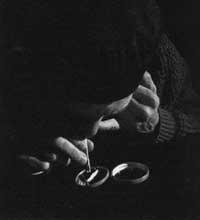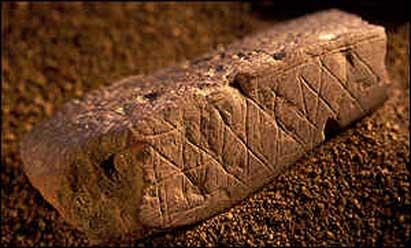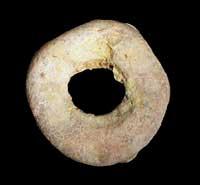Beauty is ethereal and, however, we can perceive it
2004/05/23 Rementeria Argote, Nagore - Elhuyar Zientziaren Komunikazioa

Who would say that philosophy and neurology, apparently so distant, needed one another? If aesthetics are considered as a theme, the link between the two sciences is clear. Aesthetics is one of the branches of philosophy, studies beauty and art, and in this study it is necessary to know how the human being perceives aesthetics through the advances of neurology.
This is what they have done at the University of the Balearic Islands. In fact, they have used magnetoencephalograph to detect the beauty in which part of the brain the human being uses. Eight women, one by one, were taught paintings of different styles: classical, abstract, impressionists, postimpressionists and some photographs of natural and urban environments. They should judge whether the image was beautiful or not, and at the same time the magnetoencephalograph highlighted the part of the brain that had more activity.
Thanks to these experiments, it has been discovered that the part of the brain responsible for perceiving aesthetics or beauty is the prefrontal cortex. Go! In this same section specific processes of the human being are processed such as opinion, critical thinking, prudence, task planning, etc.
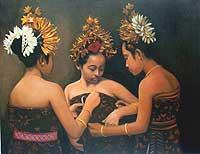
These capacities differentiate us mainly from the rest of primates. In the brain very complex processes are formed, as is the process of perception of aesthetics, for the brain it is not an easy task to contemplate beauty or art, undoubtedly. Therefore, it is no coincidence that all these processes occur in the prefrontal cortex.
Being the perception of aesthetics a specific capacity of human beings, another question comes to mind: Since when is man capable of perceiving beauty? The exact answer to this question will never be known, since it is impossible to know for the first time when a human being felt it was something beautiful, but anthropologists try to get as close as possible to that moment. And for this purpose they seek works of art made by the ancient man. In fact, the realization of the work of art indicates its capacity to be contemplated later.
The appearance of art represents a great advance in human evolution. Until then the utility was sought in the tools, but at a given time it was not necessary to have a tool if it was beautiful. This step is because the human brain is able to perceive aesthetics. The human being had a pleasant feeling when seeing an instrument, a landscape or an image, he enjoyed what he saw.
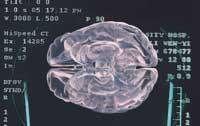
For the contemplation of beauty to be pleasant, that feeling needed a physical support, that is, the brain had to be prepared for it. It is not known whether the evolution of the brain was caused by a mere genetic mutation or if it was something essential. However, this brain development was responsible for the creation of art.
Until recently it was difficult to determine what was the oldest work of art, especially because the decision depended on the reliability of the dating. More than 30,000 years old have been found in an art work. Among them are the engravings of 200 images of a cave of Cussac (France), the pictorial works of Verona (Italy) and the image found in the German valley of Ach, a human figure carved in a piece of the teeth of a mammoth.
However, not two years ago, they found an art work of 77,000 years in the cave of Blombos, in the South African Republic. They are two red ochre stones with stripes and triangles carved. These stones show that the author had abstract thinking capacity. According to the researchers, these stones were used not only as ornament, but also to paint bodies. If so, they certainly knew what beauty was.

However, it cannot be said that the concept of beauty that these human beings had is the same as ours. History shows us that the model of beauty varies depending on the times, and not only time, but culture has a lot to say when deciding what is beautiful and what is not. And it is that, although physiologically every human being has the capacity to perceive beauty, the concept of aesthetics is largely learned.
And art itself is learned to contemplate it or to contemplate it, as the rest of things. Therefore, it seems that women who did not have special studies in the field of art were chosen for this experiment of the Balearic Islands, because they wanted to define the most essential space in the process of recognition of beauty, without distortions in the rest of spaces.
Published in 7K.

Gai honi buruzko eduki gehiago
Elhuyarrek garatutako teknologia



